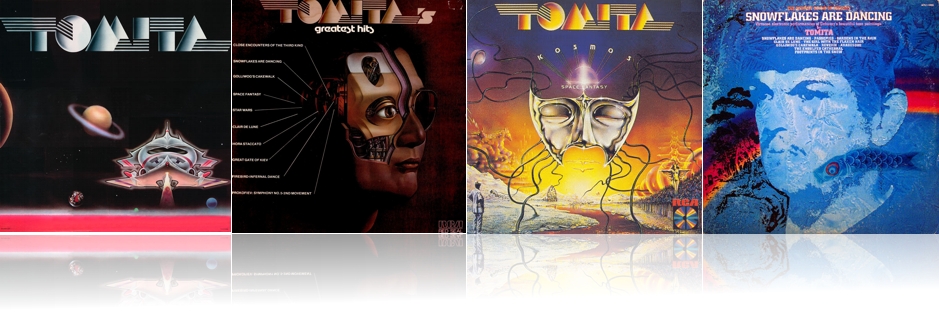voice + video blog
RIP Isao Tomita (1932-2016)
Isao Tomita, widely considered a grandee of electronic, synthesizer music has died in Japan. He was 84.
Tomita was a composer and arranger for Nippon Columbia, a Japanese recording label founded in 1910. His early works were for film, television and animation.
After World War II, Tomita became enraptured by Western classical music, heard through radio broadcasts. “I thought I was listening to music from outer space,” he told the Japanese magazine Tokyo Weekender in 2013. “When I was a child, Japan was closed to Western music.”
In the sixties, Tomita heard “Switched on Bach” by Walter (later Wendy) Carlos, a collection of JS Bach pieces performed on a Moog synthesiser. The album is often cited as the first to bring electronic music to popular attention. For the first time, electronic music was considered more than just experimental. The discovery was a revelation to Tomita who up until that point had been looking for a new instrument on which to compose. The synthesiser, he discovered, could be programmed to create any sound he could imagine.
In the 1970s, Tomita released a collection of Debussy piano pieces, extensively rearranged and reimagined for a variety of electronic instruments, notably the Moog synthesiser. The album “Snowflakes are Dancing” sold in the thousands, introducing many to a hybrid of classical and computer music. It divided critics but was nominated for a Grammy award.

My own discovery of the music of Tomita came via Kenny Everett on his regular Saturday show on London‘s Capital Radio in the mid seventies. Kenny would rarely play the music of Tomita in its entirety. Instead, clips and edited highlights would feature extensively in Kenny‘s jingles and sketches and as part of the background music in his comedy series “The Adventures of Captain Kremmen”. It was these brief, tantalising snatches of music that led me to seek out the complete works of Tomita for myself.
Tomita released more than a dozen studio albums. Other recordings include electronic interpretations of Stravinsky‘s “Firebird” Suite and Holst‘s “The Planets,” both released in 1976, and of Ravel‘s “Bolero,” released in 1980.
Debussy‘s “Clair De Lune” is a stunning piano piece. Tomita‘s rendition, on “Snowflakes are Dancing”, is a wonderfully satisfying interpretation and remains my favourite of all his work.
The world has lost a true pioneer of electronic music and a gifted composer and programmer. Thankfully the work of Isao Tomita lives on in many varied recordings and collections.

 Posted by Tim Longhurst on Tue 10 May 2016.
Posted by Tim Longhurst on Tue 10 May 2016.